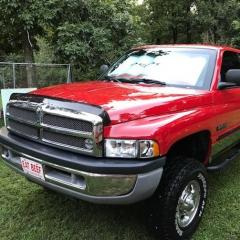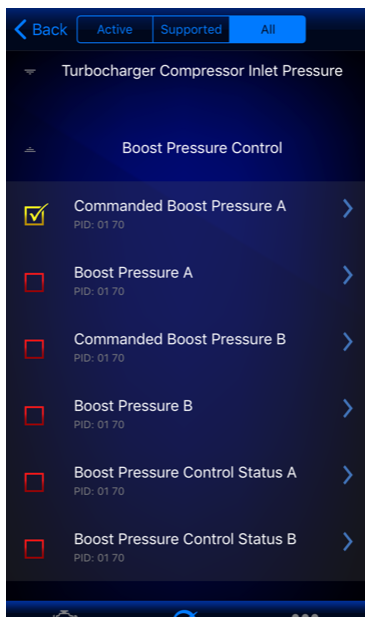- Replies 25
- Views 8.4k
- Created
- Last Reply
Top Posters In This Topic
-
Mopar1973Man 6 posts
-
Red Rambler 4 posts
-
deehammer 3 posts
-
SilverMoose 3 posts
Most Popular Posts
-
There is a bug for 4.2.2 and 4.2.3 firmware right now being resolved. Then I'm working on getting the auto connect feature added along with adjusting for MPH for oversize tire trucks.
-
I'm working with ScanTool.Net to resolve some app issues and add a few bonus things too.
-
Sorry for the late response haven't been on for awhile. I really like my Blue Driver. I have read data from dozens of cars from guys here at work to neighborhood buddies to car shopping with my son.






So I am getting tired of going to the local parts stores to get codes read and reset on my vehicles. What code reader do you use? I have read a little about needing a DRBIII(R) scan tool, OBD II scan tool??? What do I need for my truck? Want to ensure what I get will work for all vehicles that I have.